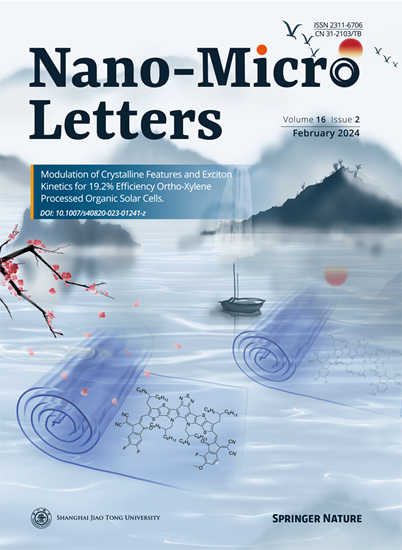高性能和人工智能芯片的先进设计。
IF 36.3
1区 材料科学
Q1 Engineering
引用次数: 0
摘要
近年来,数十亿参数的人工智能技术为实现高精度带来了革命性的变化,对先进的人工智能芯片提出了很高的要求,以高效有力地解决这些人工智能任务。近年来,先进芯片领域取得了长足的进步,如光子计算的发展、量子处理器的进步、仿生芯片的兴起等。先进芯片的设计策略可以从材料、算法、模型、架构等方面进行详细的考虑。虽然有一些评论从其独特的方面介绍了芯片的发展,但从先进和人工智能芯片的最新设计角度进行的评论很少。本文系统地综述了先进芯片领域的最新进展。首先,概述了软件和硬件协同设计的背景和机制,然后说明了软件和硬件协同设计的最重要的考虑因素。其次,结合重要的信息处理步骤,总结出获得性能优异的先进人工智能芯片的策略,并提出未来先进芯片的设计思路。最后,提出了展望。本文章由计算机程序翻译,如有差异,请以英文原文为准。
Advanced Design for High-Performance and AI Chips.
Recent years have witnessed transformative changes brought about by artificial intelligence (AI) techniques with billions of parameters for the realization of high accuracy, proposing high demand for the advanced and AI chip to solve these AI tasks efficiently and powerfully. Rapid progress has been made in the field of advanced chips recently, such as the development of photonic computing, the advancement of the quantum processors, the boost of the biomimetic chips, and so on. Designs tactics of the advanced chips can be conducted with elaborated consideration of materials, algorithms, models, architectures, and so on. Though a few reviews present the development of the chips from their unique aspects, reviews in the view of the latest design for advanced and AI chips are few. Here, the newest development is systematically reviewed in the field of advanced chips. First, background and mechanisms are summarized, and subsequently most important considerations for co-design of the software and hardware are illustrated. Next, strategies are summed up to obtain advanced and AI chips with high excellent performance by taking the important information processing steps into consideration, after which the design thought for the advanced chips in the future is proposed. Finally, some perspectives are put forward.
求助全文
通过发布文献求助,成功后即可免费获取论文全文。
去求助
来源期刊

Nano-Micro Letters
NANOSCIENCE & NANOTECHNOLOGY-MATERIALS SCIENCE, MULTIDISCIPLINARY
CiteScore
32.60
自引率
4.90%
发文量
981
审稿时长
1.1 months
期刊介绍:
Nano-Micro Letters is a peer-reviewed, international, interdisciplinary, and open-access journal published under the SpringerOpen brand.
Nano-Micro Letters focuses on the science, experiments, engineering, technologies, and applications of nano- or microscale structures and systems in various fields such as physics, chemistry, biology, material science, and pharmacy.It also explores the expanding interfaces between these fields.
Nano-Micro Letters particularly emphasizes the bottom-up approach in the length scale from nano to micro. This approach is crucial for achieving industrial applications in nanotechnology, as it involves the assembly, modification, and control of nanostructures on a microscale.
 求助内容:
求助内容: 应助结果提醒方式:
应助结果提醒方式:


